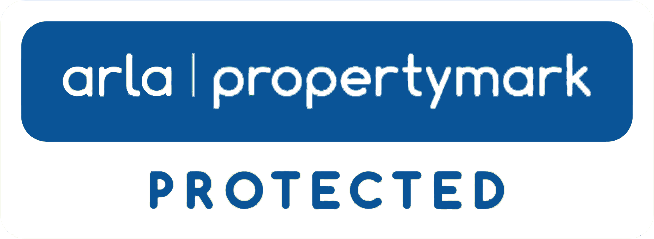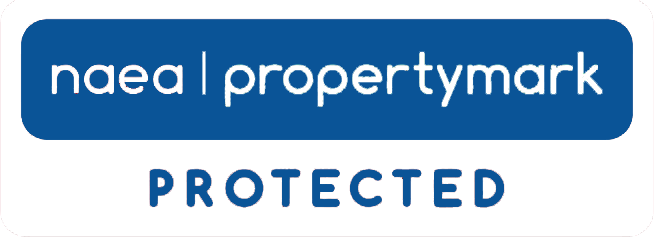
While there has been a decrease in property valuations and viewings, suggesting a shift in the market, the housing market continues to operate at a level similar to what could be seen in 2022.
Propertymark's latest housing insight report reveals that, in July 2023, an average of 64 new potential buyers registered with each estate agency branch. This number represents a decline from June, which recorded 86 new house hunters per branch, but it closely aligns with the figures from the previous year.
Despite the housing market fighting elevated interest rates and lack of affordability, the report underscores the sector's overall resilience and strength, highlighting that serious buyers and sellers continue to be engaged.
The report also notes a decrease in property viewings, with the average number of viewings per property listing among Propertymark's member branches dropping to 1.5 in July, down from three in June. Valuations have experienced a slight decline as well, averaging 21 per member branch in July, compared to 22 in June.
The report implies that "This indicates that those looking to buy are determined to do so and are acting quickly to secure their property”
Rising Sales in July's Housing Market
As further evidence of the robust demand in the UK housing market, the report reveals that the number of sales agreements reached in July increased to eight, up from seven in June. Additionally, new property listings also saw an uptick, with an average of 10 new homes listed per member branch.
This coincided with an increase in available housing inventory, as the average member branch reported a total of 38 properties available in July, up from 32 in June. This represents a notable 37% surge in year-over-year stock availability, marking its highest level in a year.
This injection of much-needed housing options provides buyers with greater choices and alleviates pressure on the housing market, demonstrating that the determination to move remains intact.
Insufficient Rental Supply to Meet Growing Demand
The rental market is witnessing a continuous rise in tenant demand, outpacing the availability of rental properties across many regions of the country. This disparity is exerting pressure on tenants and contributing to a continued rise in rents.
Propertymark reports a significant increase in the number of new potential tenants registering at member branches, with an average of 187 new registrations per branch in July. This compares to 127 in July 2022, and the report anticipates that this trend will persist.
Similarly, there was a welcome increase in the number of rental properties available per member branch, averaging 14 in July. However, this falls considerably short of the number of tenants seeking rental homes in the UK housing market, with no signs of this changing.
Rents continue to climb in many parts of the UK's rental sector, with the report indicating that 70% of member agents reported a month-on-month increase in average rents at their branches in July. However, this is slightly lower than the 74% reported in July 2022.
Inconsistencies in the Lettings Market
Nathan Emerson, CEO of Propertymark, commented on the latest housing market figures, saying, "In the lettings market, we continue to observe a concerning disparity between the rising demand from prospective tenants and the insufficient availability of rental properties.
“The number of prospective new tenants is up by 38 per cent in July compared to the same time last year, yet the number of properties available per member branch has risen by only 24 per cent meaning this gap is continuing to widen from already worrying levels.”
Emerson went on to call on the government to take action to encourage more landlords to participate in the UK's rental housing market, emphasizing, " This mismatch in supply and demand is putting pressure on rents with six per cent of tenants per member branch falling into arrears doubling compared to February 2023.
“Governments across the UK need to urgently address the fundamental problem of undersupply and look to adequately incentivise the provision of desperately needed homes in the private rented sector.”
Source: Buyassociation








